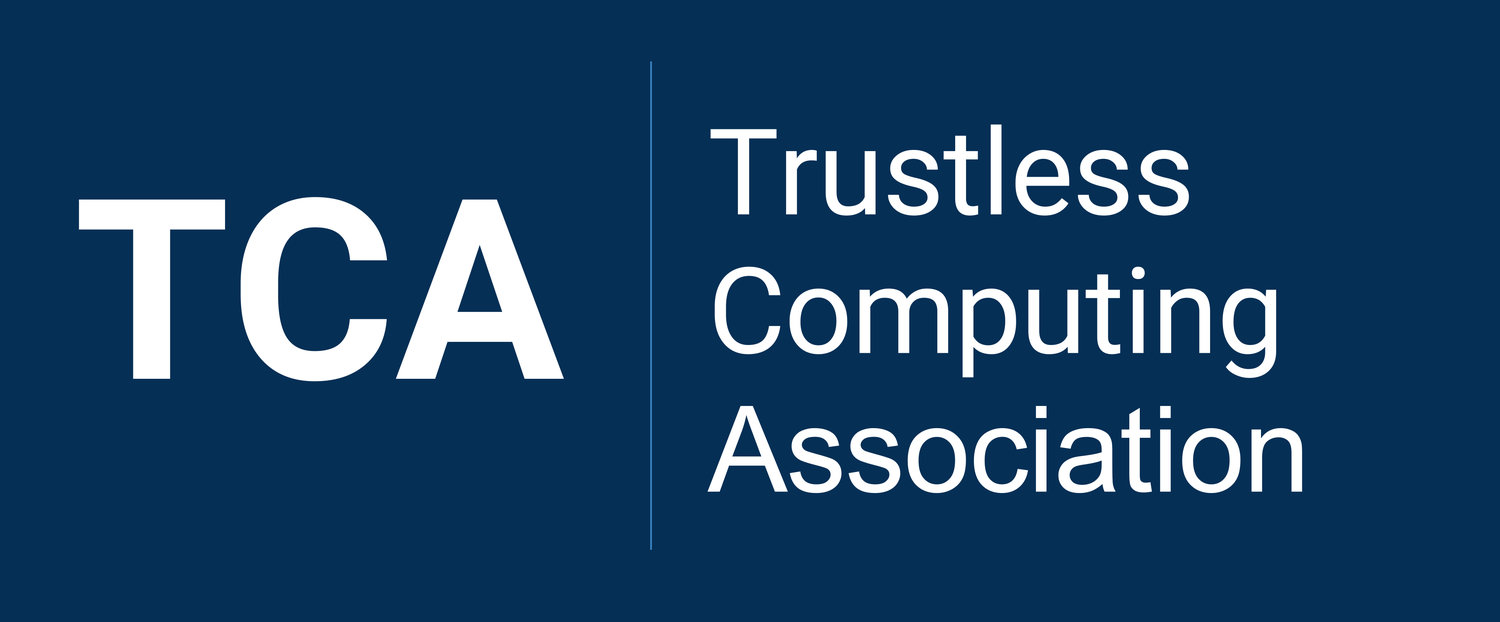Why “Trustless” Computing?
“Trustless Computing” is the name of our association, and that of the founding initiative of the Trustless Computing Paradigms and the Trustless Computing Certification Body.
While the the term "trustless" primarily means “distrustful” or “untrusting”, it is also used at times in a negative connotation, as something or someone not worthy of trust, deriving from a western culture rooted on blind trust in some institutions.
However, in the context of our Trustless Computing Association, it carries a much more nuanced and positive significance, which we believe is key to create IT and AI technologies that are trustworthy, democratically accountable and beneficial.
Modern Interpretation of Trustlessness
In today's world, "trustless" reflects a proactive approach to safety and reliability, particularly in technology and its governance. It implies not just a lack of upfront unverified trust, but a systematic approach to verify and validate trustworthiness across all aspects of a system or institution. This methodology is derived from understanding that while most people act in good faith, the potential for significant harm exists if just a few act maliciously or under pressure.
The concept of trustlessness is about ensuring that no single person or group can cause disproportionate damage. It's about designing systems and mechanisms to assess and mitigate the risks posed by any entity within the system, thus safeguarding against the weakest link. This is vital in everything from maintaining the integrity of democratic processes to ensuring the safety of commercial aviation.
Historical Context of Trustlessness
Historically, the term "trustless" has evolved. Centuries ago, societal norms demanded unquestioning trust in authority figures like monarchs or religious texts, often at severe personal risk for dissenters. Over time, as democratic and scientific methods developed, these norms shifted. The skepticism once punished is now the foundation of modern critical thinking and democratic integrity.
In its primary, modern usage, "trustless" describes a stance that eschews blind trust, advocating instead for rigorous verification and oversight. This approach underpins the reliability of systems from electoral politics to nuclear safety.
Trustless vs. Trusted Computing
In the realm of information technology, "trustless computing" stands in contrast to "Trusted Computing" as advocated by major IT security firms. While Trusted Computing relies on inherently trusting certain designated components deemed secure by their manufacturers, Trustless Computing demands instead transparency and testability across all components and organizational processes. It rejects the notion of pre-approved trustworthiness, focusing instead on comprehensive, impartial verification to prevent vulnerabilities.
Philosophical Underpinnings
Adopting a trustless approach does not imply a cynical view of human nature. Rather, it recognises that even well-intentioned individuals can fail under certain pressures. By designing systems that do not rely on inherent trust, we better equip them to handle unexpected challenges, thereby enhancing overall safety and integrity.
In contemporary societies, the efficacy of advanced technologies and the stability of established democratic institutions rely on a twofold understanding. First, it is assumed that the majority of people naturally act in the collective interest, establishing a baseline of trust. Second, there is an acknowledgment of the need to proactively address the possibility of harmful actions by individuals or small groups, driven by either internal motives or external pressures.
In conclusion, the Trustless Computing Association is committed to advancing a model where trust is earned through rigorous scrutiny and constant vigilance, ensuring technologies and institutions remain robust and trustworthy in the face of both everyday and extraordinary challenges.
